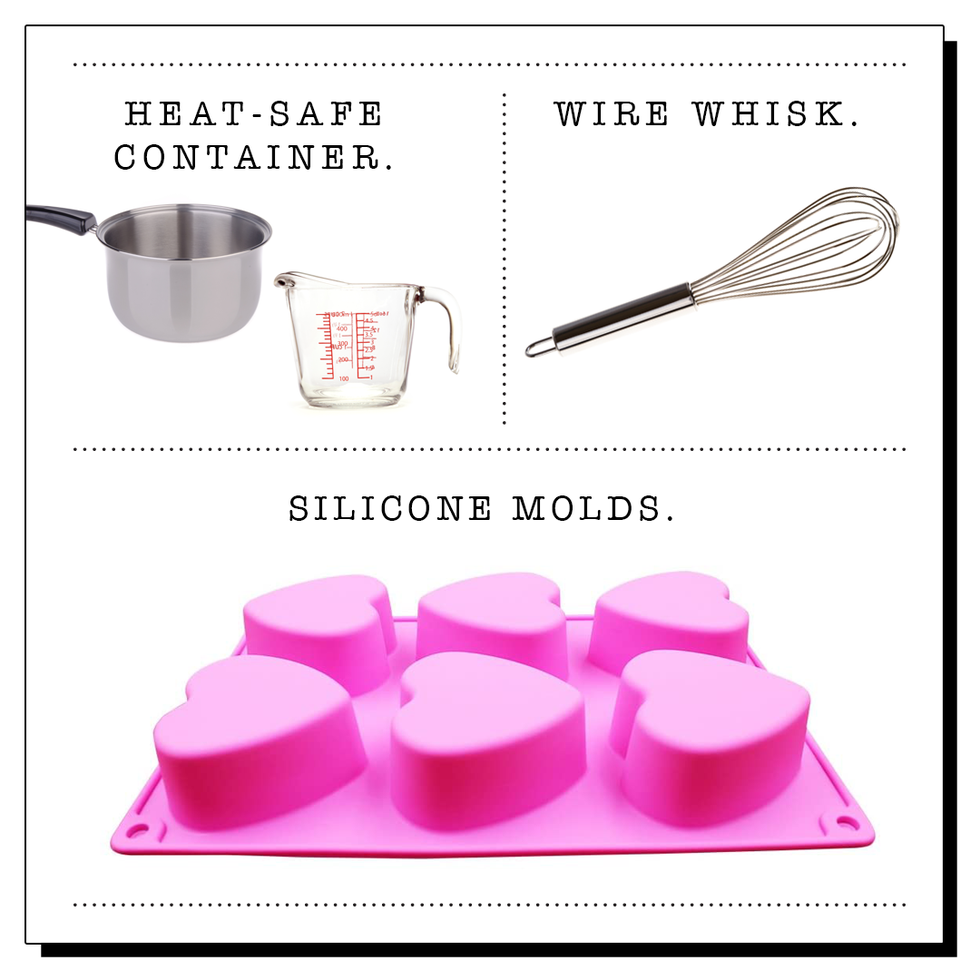How to Making your own soap at home? Soap ingredients

Individuals can easily make most of the products bought from the market in the comfort of their homes. This might include several items such as homemade cosmetics, hair masks and even soaps. A point to note is that making soap at home is a major endeavour that requires some basic skills. In this context, making soap involves two ingredients: an acid and a base. When chemically reacted together, these ingredients are known as ‘saponification’ and produce soap while having glycerine as a by-product. Furthermore, it should be ensured that soap should be made without using lye, as it is a much safer method. Several soap-making recipes are available and can be used to make soaps at home while learning the saponification process in-depth.
Soap Making Kit
To make a perfect melt-and-pour soap at home, an effortless way is to choose a recipe and a fragrance, which can be done by purchasing a soap base and a pre-mixed combination of glycerine, soap and a few add-ons like extracts for skin benefits, plant butter and other additives.
Secondly, tools such as a heat-safe container, a stainless steel wire whisk, old pots and a mixer need to be procured depending upon the batch of the soap made. Soap moulds can also be utilised for the purpose of making soap at home. Thirdly, the base for soap should be melted with the help of a microwave or a double boiler on low flame. Both these techniques work extremely well. However, in the case of a double boiler, the pot should be filled with water, and the soap base should be placed into the vessel. Now, the pot should be set on the stovetop over medium flame until the water boils and the soap begins to melt. A pro tip for this would be to avoid stirring the base while it is melting, as air bubbles can get trapped. When all these steps have been completed, it is time to mix in the fragrance. A general rule is to add around 1 teaspoon of scent per pound of handmade soap.
The next important step is to fill the mould carefully but quickly. A pro tip for this step is to fill the mould as close to the top as viable. This way, the soap would not expand while cooling. The last step of the soap-making process at home is to cool and unmould it. For this, the soap-filled mould should be first allowed to cool down at room temperature. Meanwhile, it should be ensured that no one touches the mould unless it is fully firm and hardened. As soon as the soap gets solidified, all that needs to be done is pop it out of the mould, and the handmade soap is ready, with minimum effort. A tip for this step will be to keep the soap inside the mould for approximately 24 hours if it is a large mould, as the soap takes much time in larger moulds to solidify.
